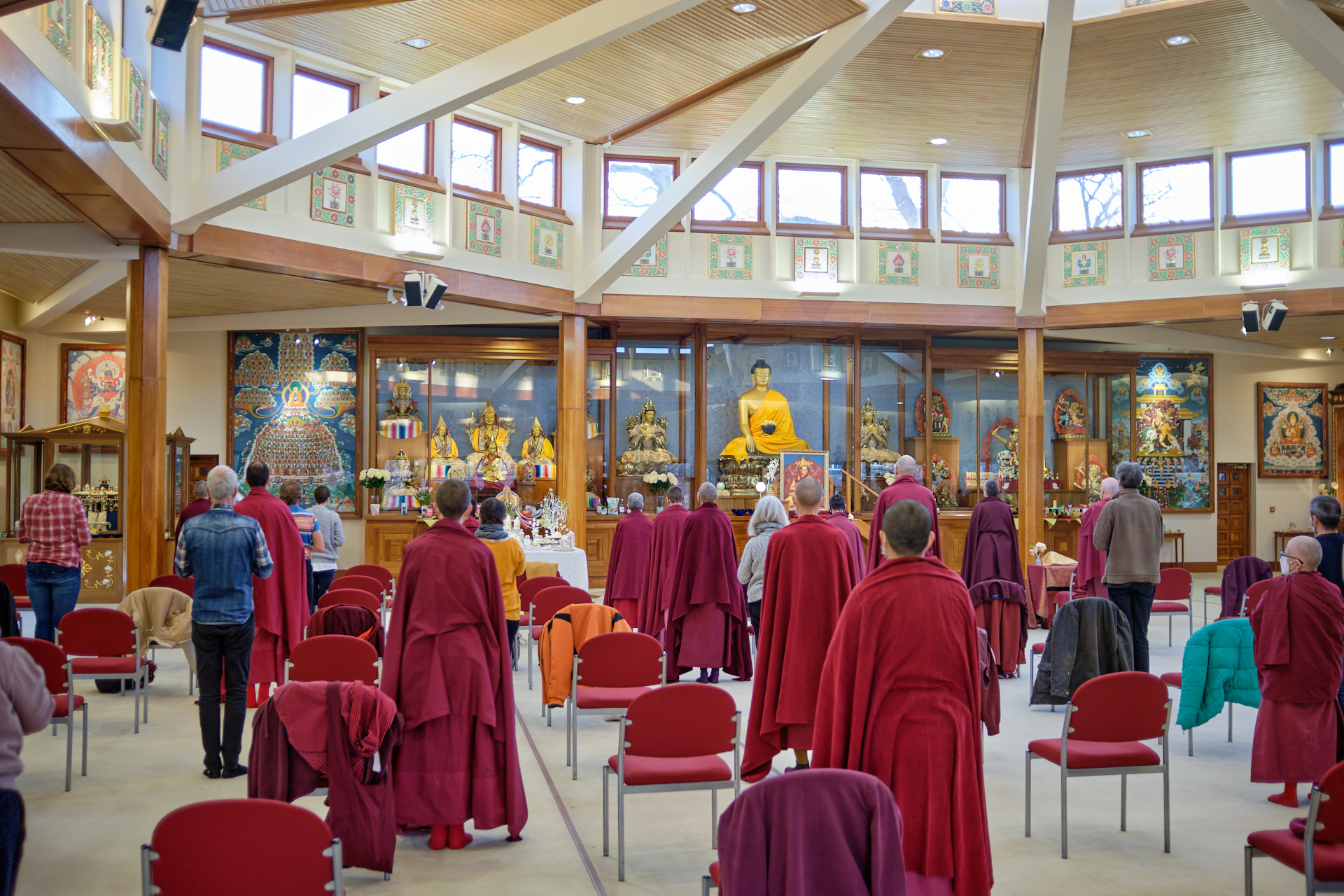A Short Guide to Key Buddhanature Texts
Gary Donnelly shares a selection of key buddhanature texts to add to your reading list. The post A Short Guide to Key Buddhanature Texts appeared first on Lions Roar.

Gary Donnelly shares a selection of key buddhanature texts to add to your reading list.

Buddhanature, or tathagatagarbha: some say it is not Buddhist, some say it is quintessentially so. I do not want to push either judgment upon you; there is more than one way to be a Buddhist! Instead, I want to provide a roundup of some formative buddhanature texts and allow you to see what is unique about them, in the hope that you might explore these fascinating works for yourself.
In the texts outlined below, we see innovative steps taken away from the philosophical preoccupation with emptiness (sunyata) and not-self (anatman) with which much early Buddhist scholasticism was concerned, with a focus instead on a type of liberative phenomenology that allows us to uncover our “true” nature and realize liberation.
Ratnagotravibhaga, third century (India), sixth century (China)
As religion and philosophy scholar Richard King notes, the “RGV” has the distinction of being the only Indian sastra (Sanskrit for “treatise”) wholly dedicated to the exposition of buddhanature doctrines. Contained herein is the definition of tathagatagarbha as a potentiality within every sentient entity: “whether or not a tathagata appears in the world, all sentient beings contain at all times a tathagata.” This provides a neat delineation between what it is to be tathagata-garbha and what it is to be dharmakaya (dharma-body). The difference comes down to defilements: tathagatagarbha is a state of potential liberation, shrouded by defilements, whereas dharmakaya is the liberated state free of defilements. The idea at play here is that what we really are is dharmakaya, the Buddha-body, enlightened, pure, free of defilements. This essence exists within us always; it is an inherent characteristic about which we are simply confused. Addressing this confusion leads to liberation.
Recommendation: Richard King, Early Advaita Vedanta and Buddhism: The Mahayana context of the Gaudapadiya-karika, and Christopher Jones, The Buddhist Self: On Tathagatagarbha and Atman.
Lankavatara Sutra, third century (India), fifth century (China)
This Yogacara text synthesizes buddha-nature doctrines with the Buddhist conceptions of emptiness and selflessness (Skt: nairatmya). For the Yogacarins, the buddha-nature is not a self. This stands as distinct from some of the texts here, in which it is claimed that the buddhanature is, in fact, our primordial essence. If it is not an essence, what is this buddhanature? The short answer presented here is that it is a mere designation used to attract non-Buddhists, as illustrated by this extract: “thus by teaching the tathagatagarbha, [the tathagatas] teach the tathagatagarbha in order to attract the outsiders who adhere to the doctrine(s) of the self.”
Recommendation: Vincent Eltschinger, Self, No-Self, and Salvation. Dharmakīrti’s Critique of the Notions of Self and Person, and D.T. Suzuki, The Lankavatara Sutra, An Epitomized Version.
Mahyana Mahaparinirvana Sutra, fourth century (China – original Skt. fragmentary), ninth century (Tibet)
This is something of a disparate text that was only really made coherent by later commentators. There are two especially interesting things going on within it. First, it makes an explicit link between what were previously well-differentiated terms: buddhadhatu and tathagatagarbha. The text then goes a step further, making an explicit and intentional move to characterize the tathagata as a “self”—something that Buddhist texts are usually at pains to avoid. Readers that have previously felt uneasy about the Buddhist insistence on whittling down “self” might prefer this vision of a self, whereby we can assert a self, just as long as we are clear about what that self is; in this case, it is the enlightened mind.
Recommendation: Mark Blum, The Nirvana Sutra, and Christopher Jones The Buddhist Self: On Tathagatagarbha and Atman.
Tathagatagarbha Sutra, fifth century CE (China), eighth century CE (Tibet)
This is the earliest known full Mahayana exposition of buddhanature, according to which there is a latent, inactivated “buddha” inside each of us. The Tathagatagarbha Sutra discusses at length how to remove defilements in order to fully uncover our preexisting, luminous, liberated self. One way to read this text is as an argument for a monistic, substantialist “self.” This is controversial for the same reasons as those texts above that likewise affirm a self, and it arguably illustrates the influence on Buddhist doctrine of non-Buddhist thought (especially Vedanta).
Recommendation: Michael Zimmermann, A Buddha Within: The Tathagatagarbhasutra, the Earliest Exposition of the Buddha-Nature Teaching in India.

 KickT
KickT 































